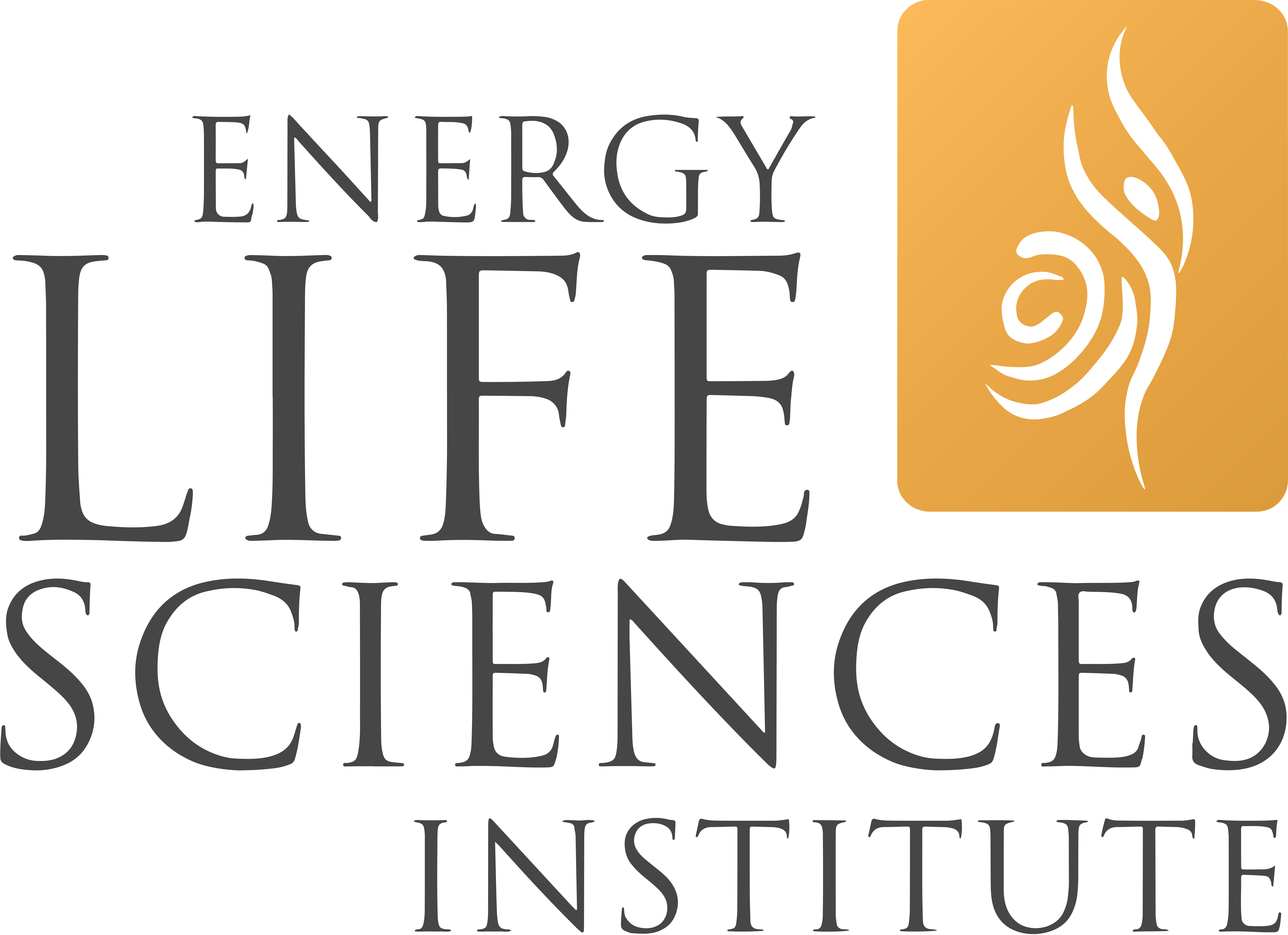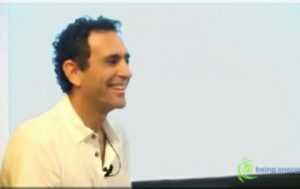
When it comes to facts, we don’t always get the real story. In fact, recent findings show that what we’ve been led to believe about antidepressants was cleverly skewed to favor drug companies. Surprising? For us, not so much.
Drugs, while they can be of great benefit and are sometimes necessary, are also extreme. Rarely do they work harmoniously with our organism—instead, they’re usually aimed at specific symptoms or intended for isolated results.
It was interesting and illuminating to discover this video about the real data on antidepressants. What’s the upshot? Antidepressants work primarily as placebos. Yes, that’s right. Placebos with a host of unwanted side effects.
Do Antidepressant Drugs Really Work? from NutritionFacts on Vimeo.
 Even more, some side effects have only recently come to light with respect to age and antidepressants. The adolescent brain reacts very differently to antidepressants than the adult brain. In a Harvard School of Public Health study led by Dr. Matthew Miller, a careful review of over 162,000 pharmacy records revealed “that people under the age of 25 who received a higher initial dose of antidepressants were twice as likely to try to harm themselves, while that wasn’t true for people 25 and older.”
Even more, some side effects have only recently come to light with respect to age and antidepressants. The adolescent brain reacts very differently to antidepressants than the adult brain. In a Harvard School of Public Health study led by Dr. Matthew Miller, a careful review of over 162,000 pharmacy records revealed “that people under the age of 25 who received a higher initial dose of antidepressants were twice as likely to try to harm themselves, while that wasn’t true for people 25 and older.”
An increased suicide risk was also discovered in younger people taking an average dose. (See the NPR article Higher Doses of Antidepressants May Raise Teen Suicide Risk, also Dr. Frances Jensen’s book The Teenage Brain is a fascinating and excellent resource.)
So how can we affect depression positively, in a way that does us more good than harm? In a real way? Exercise!
Exercise has countless benefits—among them:
- Elevated mood
- Increased muscle tone
- Decreased body fat
- Better sleep
- Increased energy
- Heighted libido
- Disease prevention (heart disease, stroke, diabetes and certain cancers)
The number of benefits trumps what any pill could offer, and even better: in most instances, moderate exercise complements any medicine, supplement or wellness plan.
 Motion is an integral part of our work at ELSI for a good reason. Daily activity brings increased vitality as natural result. This is why we offer daily movement classes (Mind + Body + Spirit). In these classes, we share what we do every day to be well and stay strong.
Motion is an integral part of our work at ELSI for a good reason. Daily activity brings increased vitality as natural result. This is why we offer daily movement classes (Mind + Body + Spirit). In these classes, we share what we do every day to be well and stay strong.
We also incorporate evidence-based into our Nutrition + Health classes, and it informs our work in general. It’s important to consider the whole being for true wellness.
Yours in whole health,
Dr. Miles




























